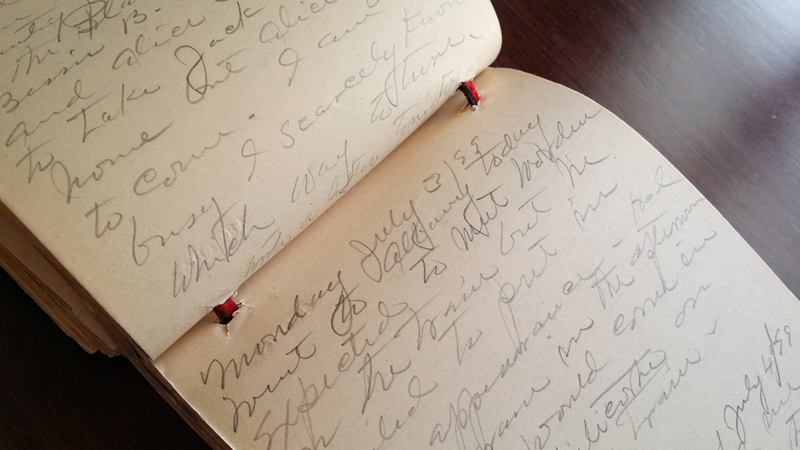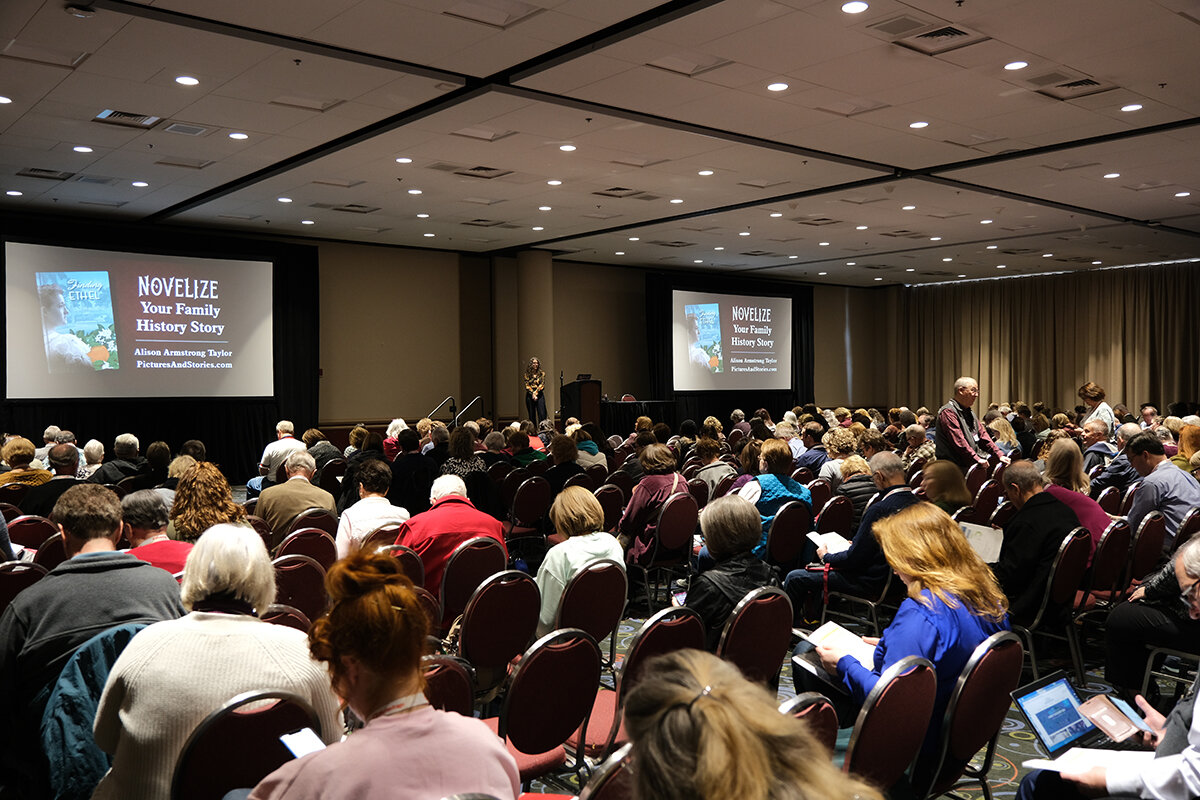You've already lived your story, and you know what happens in the end (at least up until the present moment). But when you are writing your story for others to read, it's easy to forget that they are reading it for the first time.
Your reader may already know the ending of the story, if he or she is close to you. Still, even readers familiar with your life don't have all the information you have: details along the way, how you felt about events, and what it was like to be you.
You can take advantage of your superior knowledge of your own life (and your authority as author) to create a more enjoyable experience for your reader. How? By creating suspense in your memoir. Using simple literary techniques that are used in fiction writing--foreshadowing and cliffhangers--you can keep your reader wondering, "What happens next?"
Foreshadowing
The foreshadow is a little clue, usually dropped at or near the beginning of a story, that lets the reader know that something is coming. It's used every day in fiction, film, and television, so often that you may not even notice it when it occurs.
A simple (and not-so-subtle) example from a memoir:
I would miss Jimmy, but I couldn't wait to have a room to myself when he left for the service and I told him so. My big brother chucked a pillow at me from across the room and said, "I'm not bringing you any presents, you ungrateful midget." Then he leaned back on his bed, elbows bent, head resting on his hands, and smiled up at the ceiling. I wish he would have looked over at me just then, because that moment is burned into my memory. It was the last time I would see my brother alive.
"Wait," the reader thinks, "what? How does Jimmy die? How will his brother deal with it? How will this affect his family?"
They want to keep reading to see what happens next. Curiously enough, this technique works even with your relatives who know that Jimmy died in the war. Even if they already know the ending, they are hungry for the rest of the story, your version of it.
Here's another example; a lovely passage from Memoir from Antproof Case by Mark Helprin (a novel that is written in the form of a memoir):
When I was seventeen, in my last year at Chateau Parfilage, she had already left and gone to study music in some grasshopper-free suburb of Berlin, a city that had been impoverished but had not yet gone mad. Little did I know then that I would someday fly over Berlin, businesslike and deathly afraid, numbed and sick, angry, determined, and ashamed, escorting bombers that dropped bombs that undoubtedly broke into smithereens the piano at which Miss Mayevska had studied in the years when I loved and touched her. How wonderful was the time when neither she nor I knew of the destruction that lay ahead, when she was just a girl, when she was alive, and I had not been broken.
This passage comes quite early in the book, before we know that the protagonist fought in the war, before he has told the story of being raised in an asylum in Switzerland, and even before we know who Miss Mayevska is. His musing about future events before he has explained them leaves us with a powerful desire to know what will happen in the subsequent pages.
The Cliffhanger
Popular novelist Dan Brown of The Davinci Code fame has turned the cliffhanger device into a bookselling formula, dropping a cliffhanger at the end of every chapter and thereby guaranteeing you will turn the page. Whether or not you are a fan of Dan Brown, you can use internal mini-cliffhangers in your own writing to develop suspense in your reader. Look at your manuscript and figure out where the natural breaks in the action occur (could be at the end of a chapter or section, but doesn't necessarily have to be). What can you hold back from the reader? Can you add a phrase or two that asks a question without giving anything away? (The internal question is always, "What will happen next?")
It doesn't have to be long. Most of us are familiar with this passage from Harry Potter and the Sorcerer's Stone, at the end of Chapter 3:
One minute to go and he’d be eleven. Thirty seconds…twenty…ten…nine – maybe he’d wake Dudley up, just to annoy him – three…two…one… BOOM. The whole shack shivered and Harry sat bolt upright, staring at the door. Someone was outside, knocking to come in.
Next is a great example of an internal cliffhanger from one of our clients' personal histories. In From Then Until Now, a man describes being robbed at gunpoint during a carjacking while traveling as a missionary in Guatemala:
Elder Black and I were in the back seat, but the robber still demanded our things....We lost everything that was in Dawnetta’s purse—passports, visas, plane tickets, and some other personal items. All the time this action was taking place we were going down the main highway at high speed. We went for about three miles, then they turned onto an old dirt road and went back into the jungle, driving through bushes and thick undergrowth for five or six more miles. When we turned off the main road I quietly put my head down and silently said one of the most sincere prayers of my life, asking the Lord to please preserve our lives.
Even though we know he must have made it out alive (after all, he wrote the book!), we are still on the edge of our seats, wondering how he will be delivered from this life-threatening situation.
Foreshadowing and cliffhangers often overlap. They can be short or long, subtle or somewhat obvious. But they are guaranteed to make your writing more interesting.
Look at your manuscript and determine what are the most dramatic events. Then look for places earlier in the narrative where you can drop "breadcrumbs" to lead your reader forward into the dark, unknown forest of your story.









We are so excited to be back at RootsTech live this year! Come by and see the Pictures and Stories booth (#1609) and see some of the many new books we’ve helped our clients create. Alison is giving two in-person classes: The Seven Deadly Sins of Building a Digital Archive, and Making a Genealogy Story Book. Hope to see you there!